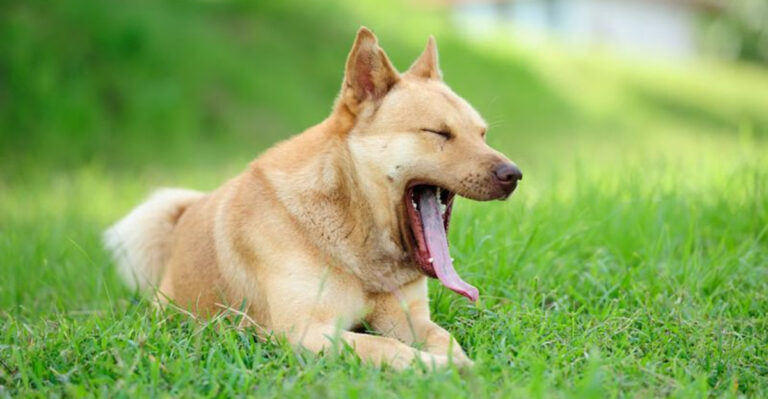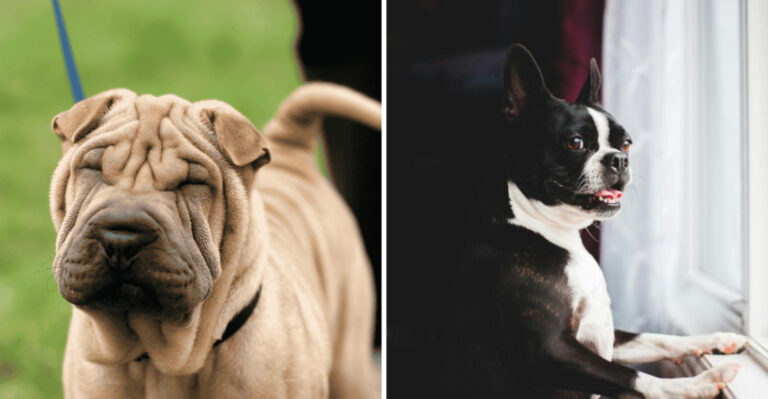15 Signs Of Dog Body Language And What They Mean
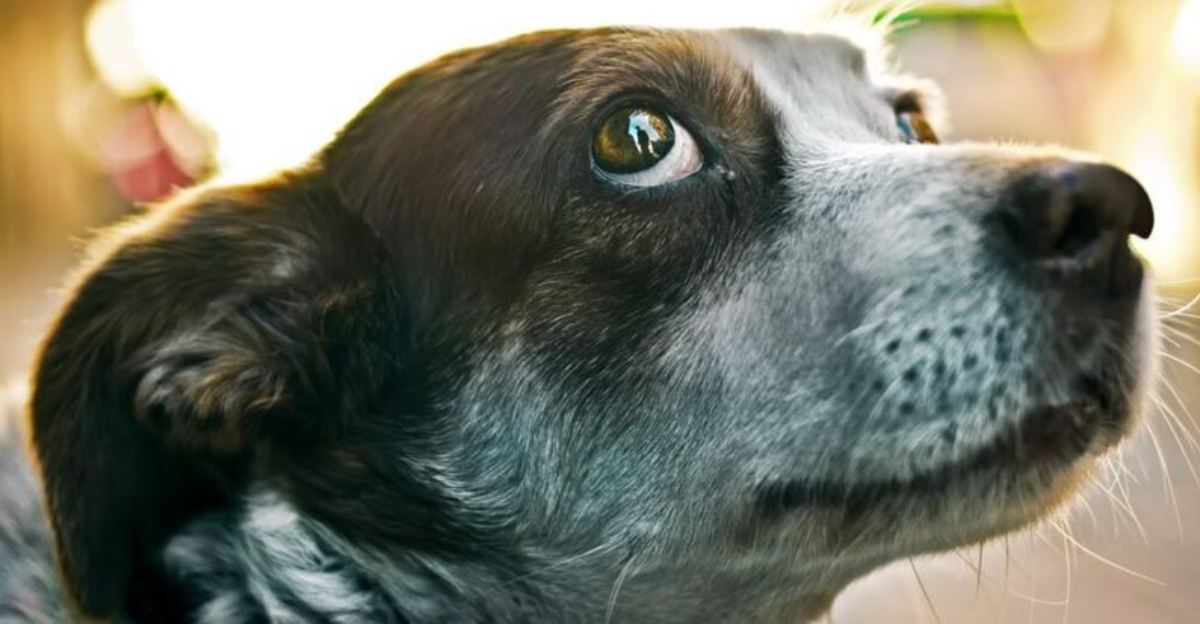
Ever wonder what your furry friend is trying to tell you? Dogs may not speak our language, but they’re constantly communicating through their body language. Understanding these silent signals can strengthen your bond and help you respond appropriately to your dog’s needs and emotions.
1. Tail Wagging Isn’t Always Happy
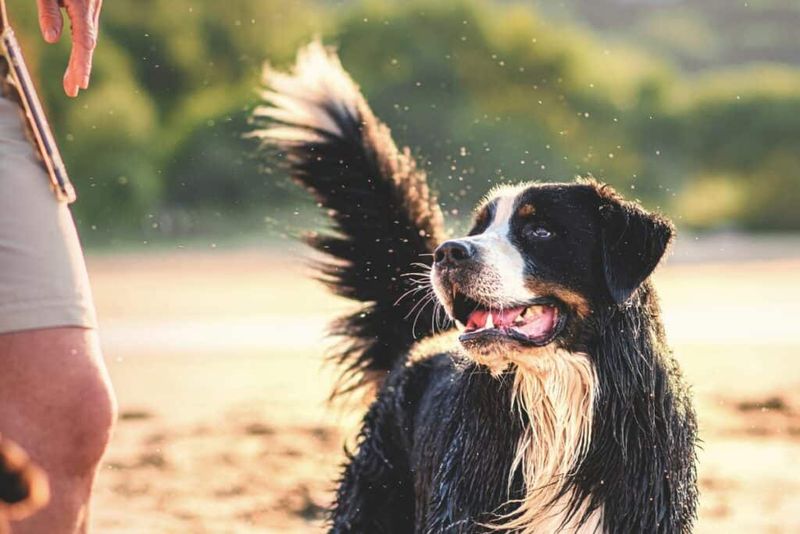
A wagging tail doesn’t automatically signal joy. The position and speed matter tremendously! High, fast wags typically show excitement, while low, slow wags might indicate insecurity.
Watch for stiff wags—they often warn of potential aggression. Your dog’s emotional state is written in how that tail moves.
2. Raised Hackles Signal Alertness
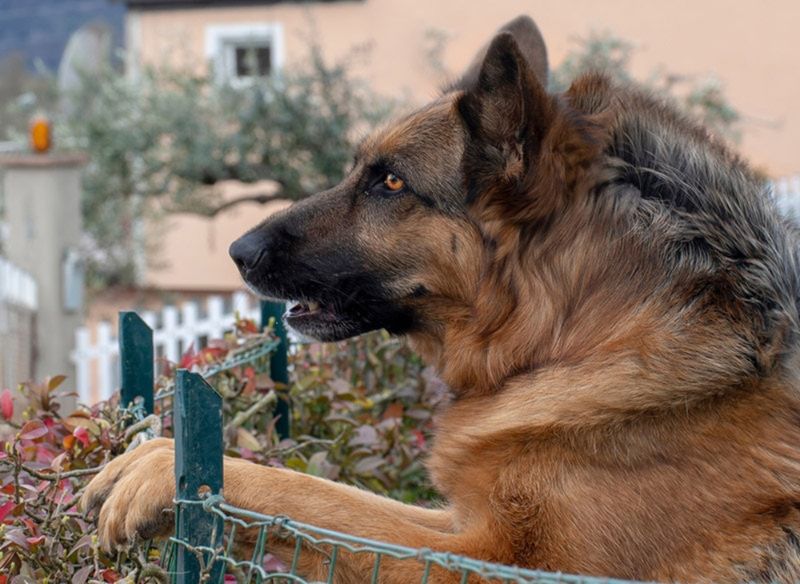
When the fur along your dog’s back and neck stands up (called piloerection), something has triggered their alertness. Like our goosebumps, raised hackles happen involuntarily when a dog feels threatened, excited, or nervous.
Consider the whole picture—other body signals will tell you if your pup is scared or just stimulated.
3. The Play Bow Invitation
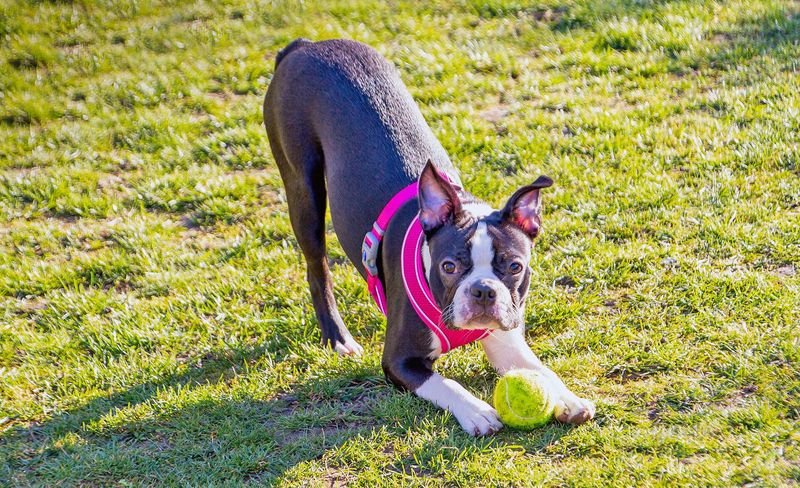
Front legs stretched forward, rear end up high, and tail wagging enthusiastically—welcome to the universal doggy invitation to play! This unmistakable posture shows your pup is in a fun-loving mood.
Dogs use this position across breeds and cultures as their way of saying, “Let’s have some fun together!”
4. Whale Eye Warns Of Discomfort

Spot the whites of your dog’s eyes showing in a crescent shape while they look sideways? That’s “whale eye”—a clear sign your dog feels uncomfortable or anxious about something nearby.
Usually accompanied by a stiff body or lowered head, this side-eye glance serves as their way of monitoring a perceived threat while avoiding direct confrontation.
5. Relaxed Mouth Means Contentment
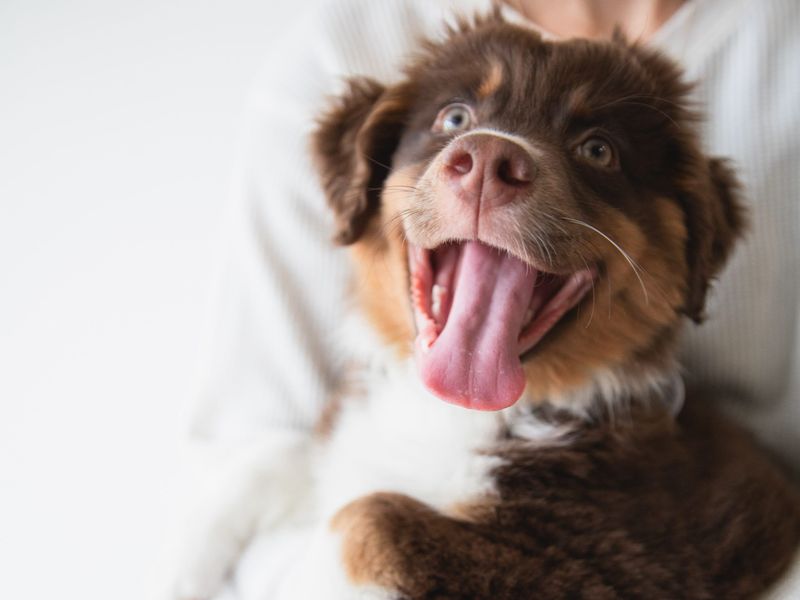
A slightly open mouth with relaxed lips signals a content, comfortable dog. Look for a mouth that’s neither pulled back nor puckered—just naturally at ease.
Many dogs in this state will have a tongue slightly visible or gently panting. Combined with soft eyes and loose body posture, this mouth position indicates your furry friend is feeling safe and happy.
6. Exposed Belly Isn’t Always For Rubs
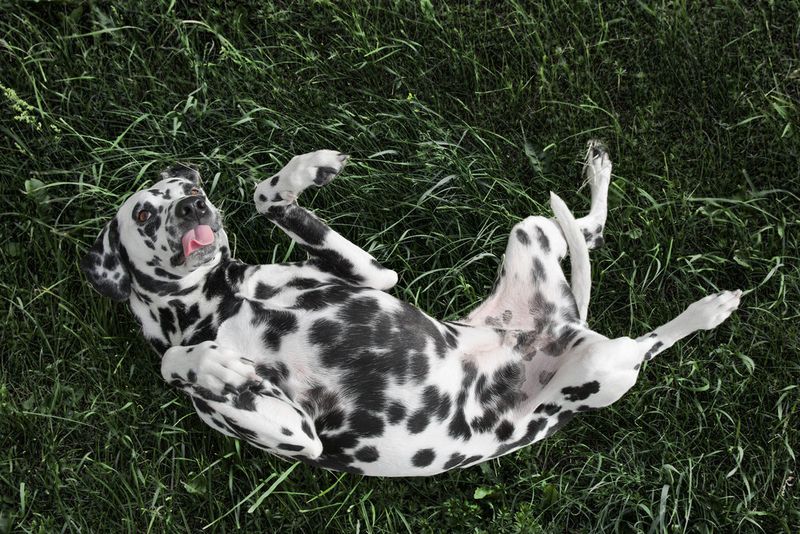
Rolling over might look like an invitation for tummy scratches, but context matters! While sometimes it does mean “please pet me,” it can also signal submission or even fear.
Check other cues—a loose, wiggly body suggests playtime, while stiff legs, tucked tail, or whale eyes with an exposed belly indicate your dog feels threatened and is appeasing you.
7. Ears Forward Show Interest
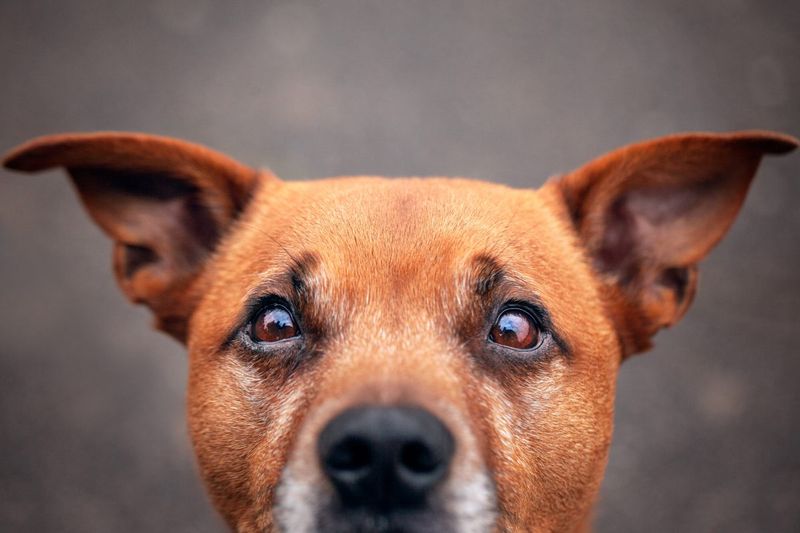
Forward-pointing ears signal your dog is focused and attentive to something interesting. Their radar-like ear positioning helps them capture sounds more effectively.
Combined with an alert posture and focused gaze, forward ears indicate your dog is processing information about something that caught their attention. It’s neither positive nor negative—just pure canine curiosity in action.
8. Freezing In Place Signals Stress
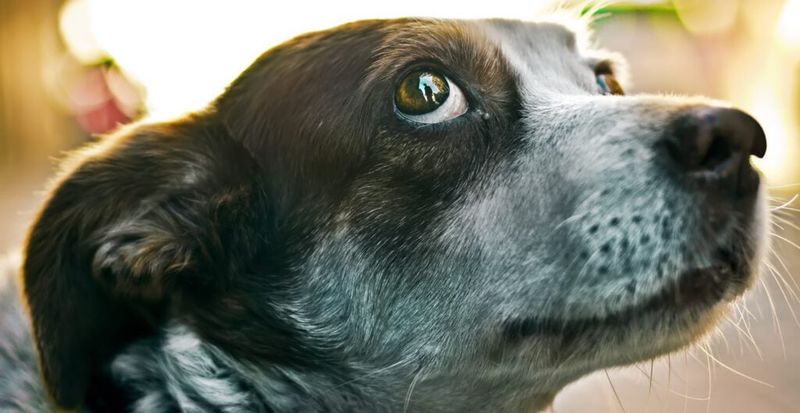
Sudden stillness in your normally active dog is a red flag. This freezing behavior often precedes fight-or-flight responses and shows your dog is experiencing significant stress or fear.
The stillness might last just seconds before your dog decides what to do next. Respect this signal by giving space rather than pushing interaction, which could escalate to growling or snapping.
9. Head Turning Away Requests Space
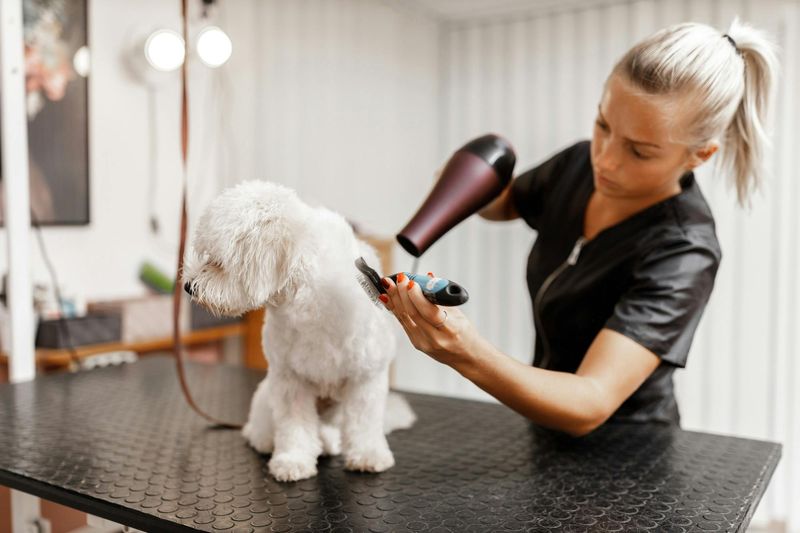
When your dog deliberately turns their head away during an interaction, they’re politely asking for space. This subtle avoidance behavior helps dogs defuse potential conflicts without confrontation.
Many pet parents miss this gentle signal and continue approaching, which can make dogs escalate to more obvious signs of discomfort. Honoring this request for personal space builds trust between you and your furry friend.
10. Yawning Often Signals Anxiety

Surprise! Dog yawns aren’t always about tiredness. When your pup yawns during training, veterinary visits, or unfamiliar situations, they’re likely experiencing stress or anxiety.
These “stress yawns” look more exaggerated than sleepy yawns and happen out of context with rest times. They’re actually a calming signal dogs use to self-soothe and communicate discomfort to others around them.
11. Soft Squinty Eyes Show Affection

Notice your dog’s eyes getting soft and slightly squinty during cuddle time? That’s the canine version of a loving gaze! Unlike hard, staring eyes, these relaxed peepers signal contentment and affection.
Scientists have discovered that this eye-softening behavior releases oxytocin—the same bonding hormone human parents feel with their babies. Your dog is literally loving you with their eyes!
12. Lip Licking Beyond Mealtime
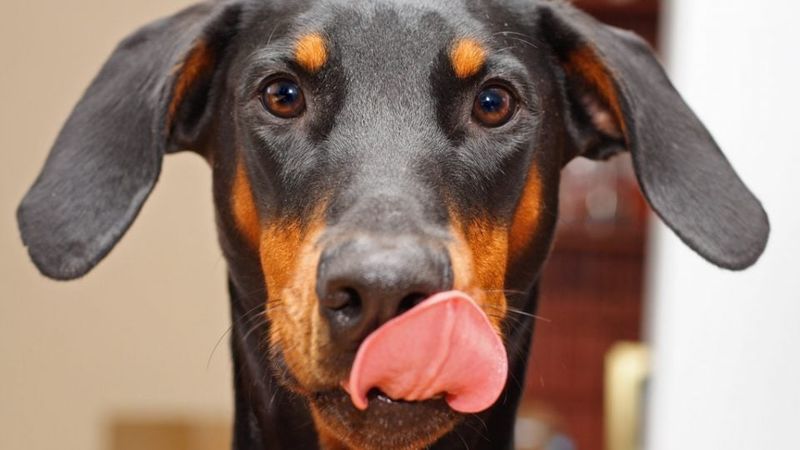
Quick lip licks when no food is present speak volumes about your dog’s emotional state. This nervous behavior typically indicates anxiety, stress, or discomfort in their current situation.
Watch for rapid, repeated tongue flicks over the lips or nose. Many dogs do this during thunderstorms, when meeting strangers, or during training sessions that feel pressured. It’s their way of self-soothing when overwhelmed.
13. Paw Lifting Shows Uncertainty
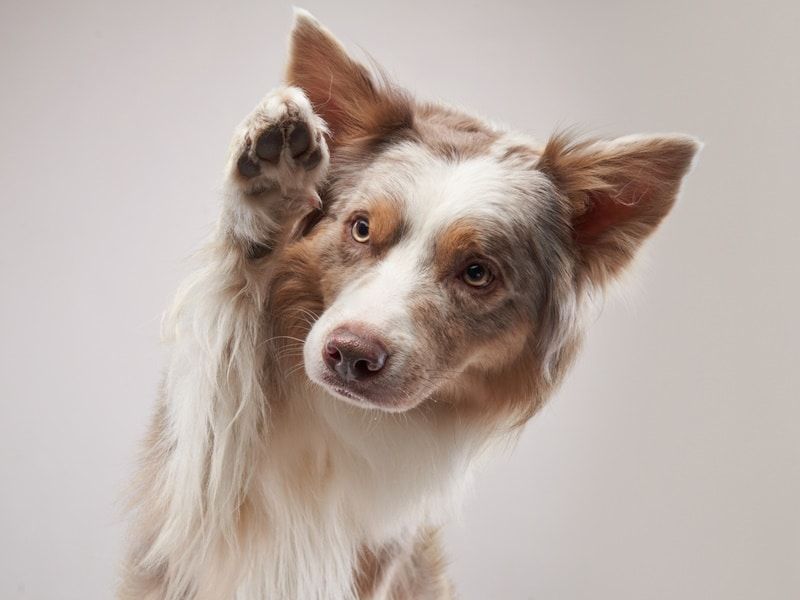
A raised paw held in mid-air isn’t just adorable—it’s communication! This gesture typically indicates your dog is uncertain or conflicted about what’s happening.
Often seen during training or novel situations, the lifted paw shows your dog is processing information and slightly hesitant. It’s neither fear nor excitement, but rather a momentary pause while they figure out what to do next.
14. Bowed Head Signals Appeasement

When your dog lowers their head while keeping their body still, they’re showing appeasement—essentially saying “I come in peace” or “I’m not a threat.” This subtle gesture helps diffuse tension in social situations.
Commonly seen when meeting new dogs or when they think they’ve done something wrong, this respectful posture shows your dog’s social intelligence. It’s their way of preventing potential conflict.
15. Zoomies Release Pent-Up Energy
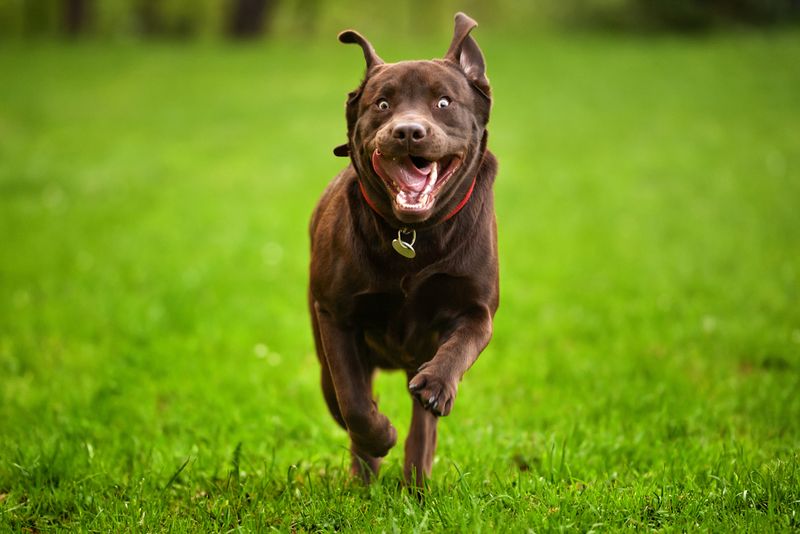
Those wild running bursts where your dog sprints in circles at top speed—affectionately called “zoomies”—actually communicate something important! Formally known as Frenetic Random Activity Periods (FRAPs), these energy explosions release excess excitement or tension.
Common after baths, during play, or when visitors arrive, zoomies aren’t concerning unless they happen constantly, which might indicate insufficient daily exercise.

